

Articles
How To Store Thyme Sprigs
Modified: February 17, 2024
Learn how to store thyme sprigs effectively with our informative articles. Discover the best methods to keep your thyme fresh and flavorful for longer periods.
(Many of the links in this article redirect to a specific reviewed product. Your purchase of these products through affiliate links helps to generate commission for Storables.com, at no extra cost. Learn more)
Introduction
Thyme is a versatile herb that adds a delightful aroma and flavor to a wide range of dishes. Whether you grow your own thyme or purchase it from the store, it’s important to know how to properly store thyme sprigs to ensure their freshness and preserve their flavor for as long as possible.
In this article, we will explore four different methods for storing thyme sprigs: refrigerating, freezing, drying, and preserving in oil. Each method has its advantages and is suitable for different situations, so you can choose the option that best fits your needs.
By learning how to store thyme properly, you can enjoy the distinct flavor and fragrance of this herb even when it’s not in season. Now, let’s dive into the different storage methods and discover how to keep your thyme sprigs fresh and flavorful for an extended period.
Key Takeaways:
- Preserve thyme’s freshness and flavor with refrigeration, freezing, drying, or oil preservation. Choose the method that suits your needs and enjoy the taste and aroma of thyme all year round.
- Extend the life of your thyme sprigs by implementing proper storage techniques. Whether you prefer the convenience of refrigeration, the long-term availability of freezing, the intense flavor of drying, or the infused oil of preservation, you can always have a flavorful herb at your fingertips.
Read more: What Are Sprigs Of Thyme
Option 1: Refrigerating Thyme Sprigs
Refrigerating thyme sprigs is an excellent method to extend their shelf life while retaining their flavor and aroma. This method is ideal if you want to use the thyme within a week or so.
To refrigerate thyme sprigs, follow these steps:
- Start by gently rinsing the thyme sprigs under cold water to remove any dirt or debris. Pat them dry with a clean kitchen towel or paper towel.
- Next, take a damp paper towel and wrap the thyme sprigs loosely. Ensure that the paper towel is not dripping wet, but just slightly moist. This moisture will help to keep the herbs hydrated.
- Place the wrapped thyme sprigs in a ziplock bag or an airtight container. Make sure to remove as much air as possible from the bag or container before sealing it.
- Label the bag or container with the date to easily keep track of the freshness.
- Finally, store the thyme sprigs in the refrigerator, preferably in the crisper drawer to maintain a consistent temperature and humidity level.
By following these steps, your thyme sprigs can stay fresh in the refrigerator for up to two weeks. Remember to check the sprigs periodically for any signs of wilting or decay and discard any damaged or discolored ones.
When you’re ready to use the refrigerated thyme sprigs, simply remove the desired amount from the container and give them a gentle rinse before adding them to your dish. The refrigerated thyme will still retain much of its flavor and can enhance the taste of your recipes.
Refrigerating thyme sprigs is a convenient option if you plan to use them within a shorter period. However, if you want to store thyme for an extended period or prefer a different method, keep reading to discover more options for preserving this versatile herb.
Option 2: Freezing Thyme Sprigs
Freezing thyme sprigs is an excellent method for long-term storage, preserving their freshness and flavor for several months. This method allows you to have access to thyme all year round, even when it’s not in season.
To freeze thyme sprigs, follow these steps:
- Start by gently rinsing the thyme sprigs under cold water to remove any dirt or debris. Pat them dry with a clean kitchen towel or paper towel.
- Remove the thyme leaves from the stems by holding the top of the sprig and running your fingers down the stem in the opposite direction of growth. This will strip off the leaves easily.
- Spread the thyme leaves in a single layer on a baking sheet or a tray lined with parchment paper.
- Place the baking sheet or tray in the freezer and let the thyme leaves freeze for about one to two hours, or until they are completely frozen.
- Once frozen, transfer the thyme leaves into an airtight container, a freezer bag, or portion them into ice cube trays to make it easier to use smaller amounts later.
- Label the container or bags with the date and the quantity if portioning in ice cube trays.
- Store the thyme sprigs in the freezer at a temperature below 0°F (-18°C) to maintain their freshness and flavor for an extended period.
Frozen thyme sprigs can last up to six months when properly stored. This method allows you to conveniently grab the desired amount of thyme whenever you need it. It’s perfect for recipes that require longer cooking times, such as stews, soups, and braised dishes.
When using frozen thyme, you can add it directly to your dish without thawing. The freezing process preserves the essential oils and flavors of the herb, so it will still impart its aromatic taste to your recipes.
Freezing thyme sprigs is a great option if you have a surplus or want to stock up for future use. However, if you prefer a different approach or want to explore other ways of preserving thyme, continue reading to learn more.
Store thyme sprigs by wrapping them in a slightly damp paper towel and placing them in a resealable plastic bag. Keep the bag in the refrigerator for up to two weeks.
Option 3: Drying Thyme Sprigs
Drying thyme sprigs is a traditional and effective method for preserving herbs. This method removes the moisture from the sprigs, allowing them to be stored for long periods while retaining their flavor and aroma.
To dry thyme sprigs, follow these steps:
- Harvest the thyme sprigs from your garden or gently rinse them under cold water if you purchased them from the store. Pat them dry with a clean kitchen towel or paper towel.
- Gather a small bunch of thyme sprigs and tie them together at the base with a string or twist tie. It’s best to keep the bunches small to promote proper airflow and even drying.
- Hang the thyme bunches upside down in a well-ventilated area away from direct sunlight. Make sure to choose a warm and dry location with good air circulation.
- Allow the thyme sprigs to air dry for about two to three weeks, or until they become crisp and brittle to the touch. The drying time may vary depending on the humidity levels in your area.
- Once dry, remove the leaves from the stems by holding the top of the bunch and sliding your fingers down the stems. Discard any woody stems or debris.
- Store the dried thyme leaves in an airtight container, such as a glass jar or airtight plastic bag. Keep them in a cool, dark place away from heat and moisture.
- Label the container with the date to keep track of the freshness.
Dried thyme sprigs can be stored for up to a year when stored properly. They are perfect for seasoning roasted meats, adding flavor to soups, stews, and marinades, and can be crumbled into spice blends.
It’s important to note that during the drying process, the aroma and flavor of the thyme will intensify. Adjust the quantity of dried thyme accordingly in your recipes compared to fresh thyme.
Drying thyme sprigs is a simple and convenient method for preserving this herb. However, if you prefer an alternate method or want to explore other ways of using thyme, continue reading to discover another option.
Option 4: Preserving Thyme Sprigs in Oil
Preserving thyme sprigs in oil is a fantastic way to capture the flavor and aroma of this herb while extending its shelf life. This method not only helps in storing thyme but also infuses the oil with the herb’s essence, creating a versatile condiment that can enhance a variety of dishes.
To preserve thyme sprigs in oil, follow these steps:
- Start by gently rinsing the thyme sprigs under cold water to remove any dirt or debris. Pat them dry with a clean kitchen towel or paper towel.
- Remove the thyme leaves from the stems by holding the top of the sprig and running your fingers down the stem in the opposite direction of growth. Discard any woody stems.
- Place the thyme leaves into a clean, sterilized glass jar, ensuring that it is completely dry before adding the herbs.
- Slowly pour olive oil or any other suitable oil into the jar, making sure that the oil covers the thyme leaves completely. Leave about 1 inch of headspace at the top of the jar.
- Gently tap the jar on a countertop to remove any air bubbles, and use a clean knife or spoon to push the herbs down so they are fully submerged in the oil.
- Seal the jar tightly and store it in a cool, dark place away from direct sunlight.
- Label the jar with the contents and date of preservation.
Preserving thyme sprigs in oil offers a convenient way to access the flavors of thyme whenever you need them. The oil can be used for cooking, marinades, salad dressings, or as a flavorful drizzle over finished dishes.
It’s important to note that when preserving thyme in oil, there is a risk of botulism if not done properly. To prevent bacterial growth, make sure to store the jar in the refrigerator and use it within a month. Additionally, discard the oil if you notice any signs of spoilage, such as mold or an off smell.
Preserving thyme sprigs in oil provides a unique and flavorful option for storing this herb. However, if you prefer a different approach or want to explore more ways to use thyme, read through the next section for a recap of the different storage options.
Read more: How Much Thyme Is In A Sprig
Conclusion
Thyme sprigs are a delightful herb that can elevate the taste and aroma of a wide range of dishes. Knowing how to properly store thyme allows you to preserve its freshness and flavors for extended periods, ensuring that you always have this versatile herb on hand.
In this article, we explored four different methods for storing thyme sprigs: refrigerating, freezing, drying, and preserving in oil. Each method offers its own set of advantages and is suitable for different situations.
Refrigerating thyme sprigs is a convenient option if you plan to use them within a shorter period, lasting up to two weeks. Freezing thyme sprigs allows for long-term storage, preserving their freshness for several months. Drying thyme sprigs is a traditional method that extends their shelf life up to a year, perfect for seasoning spices and spice blends. Preserving thyme sprigs in oil creates a flavorful condiment, enhancing a variety of dishes while keeping the herb’s essence.
Choose the storage method that aligns best with your needs and culinary preferences. Whether you prefer the convenience of refrigeration, the long-term availability of freezing, the intense flavor of drying, or the infused oil of preservation, you can enjoy the taste and aroma of thyme all year round.
Remember to always use clean and dry containers when storing thyme sprigs and label them with the date to track their freshness. Whether you grow your own thyme or purchase it from the store, proper storage techniques will help you make the most out of this versatile herb.
So why wait? Start implementing these storage methods today and extend the life of your thyme sprigs, ensuring that you have a flavorful herb at your fingertips whenever inspiration strikes in the kitchen.
Frequently Asked Questions about How To Store Thyme Sprigs
Was this page helpful?
At Storables.com, we guarantee accurate and reliable information. Our content, validated by Expert Board Contributors, is crafted following stringent Editorial Policies. We're committed to providing you with well-researched, expert-backed insights for all your informational needs.
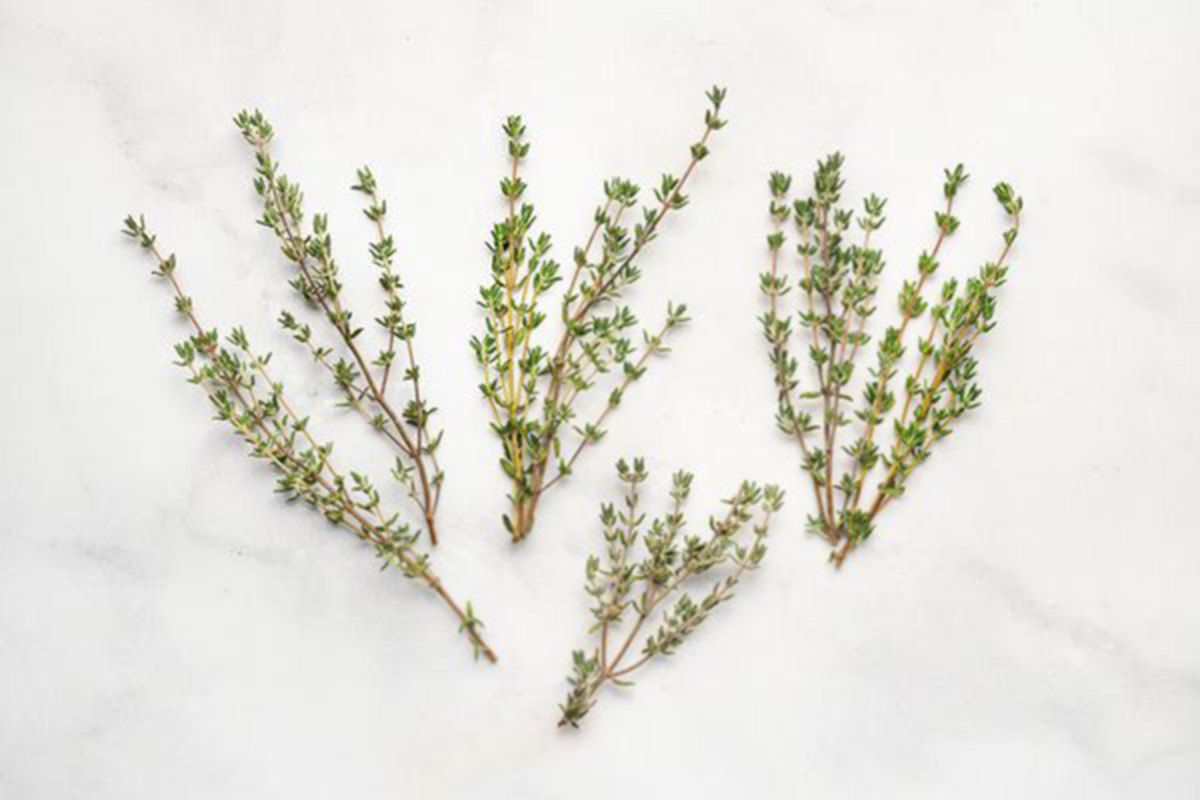


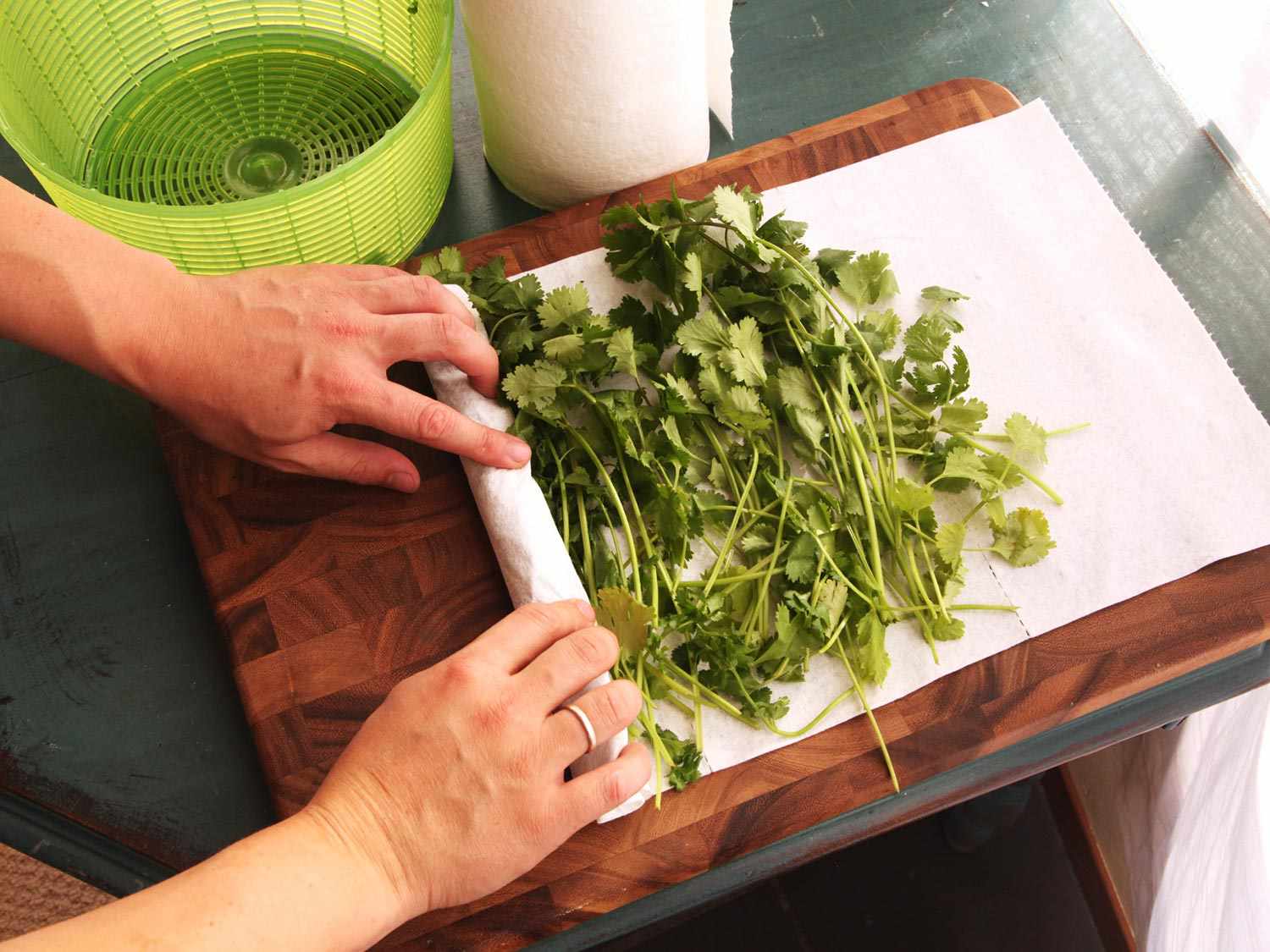
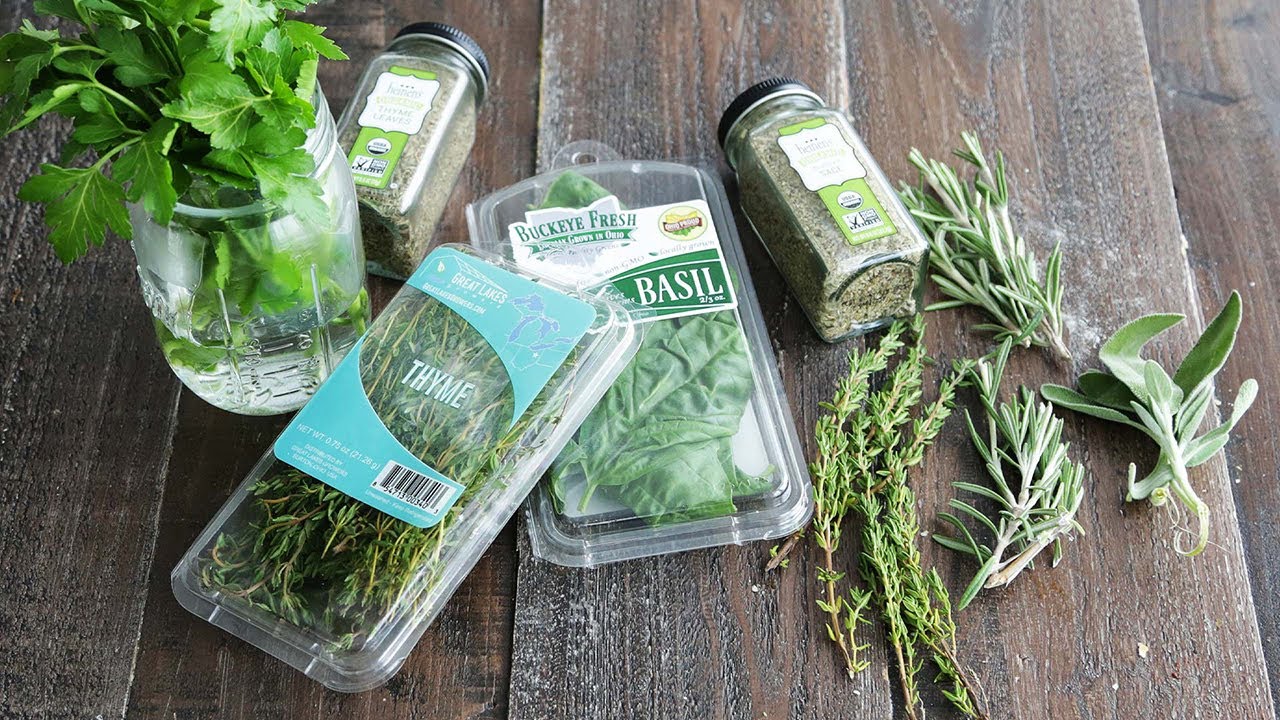
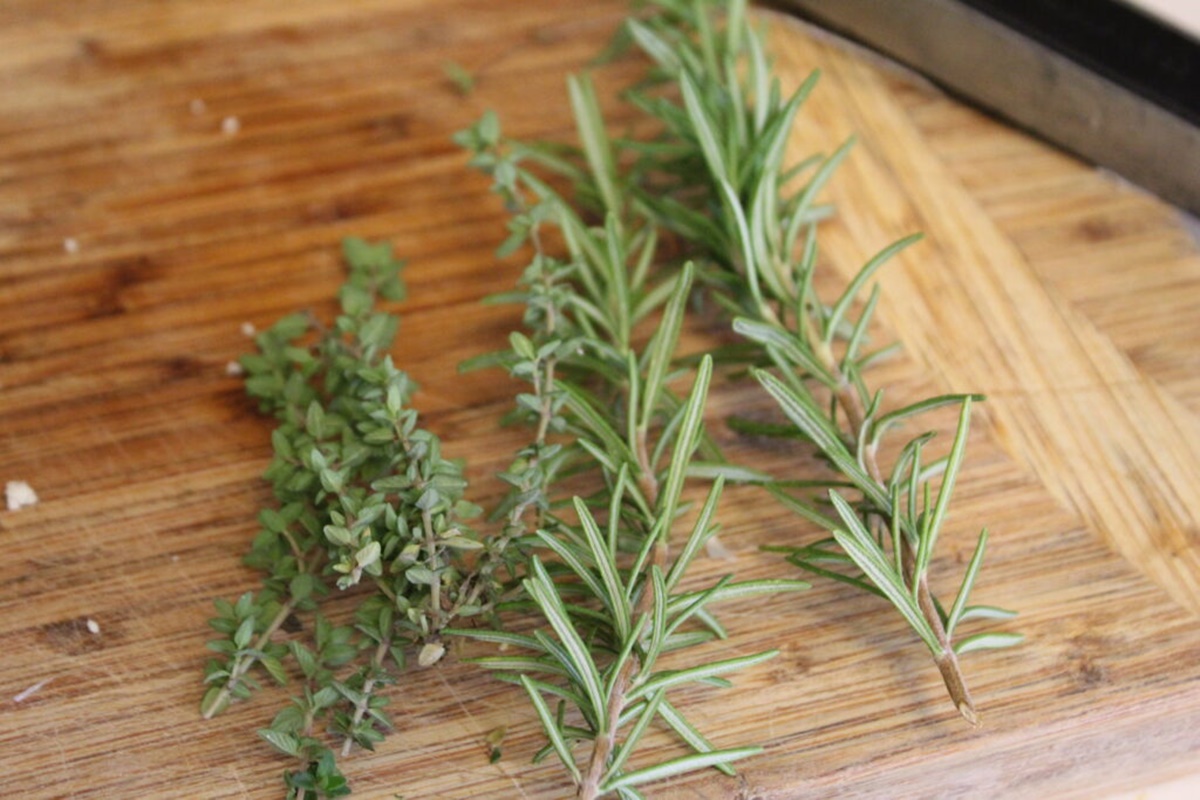

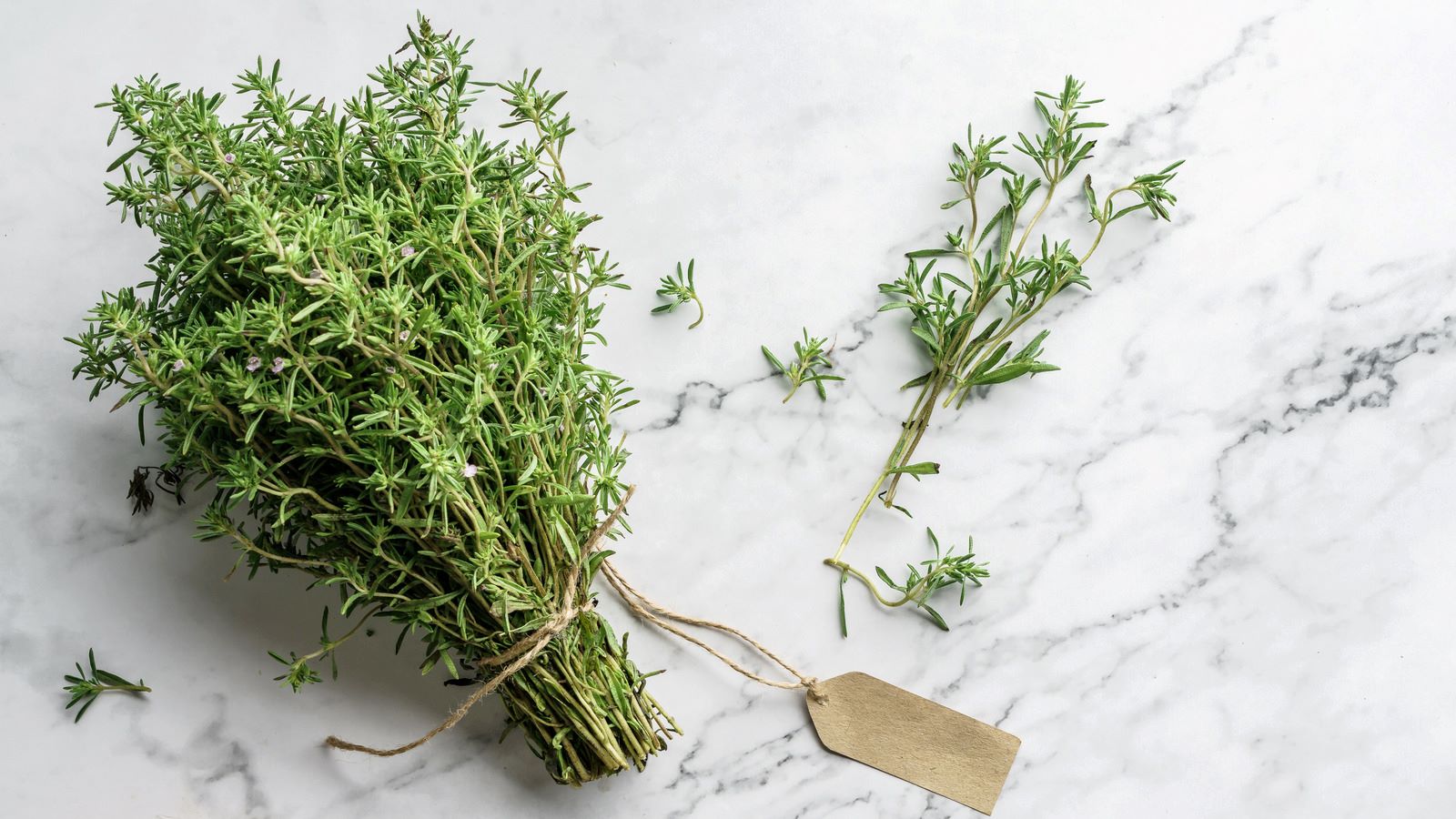



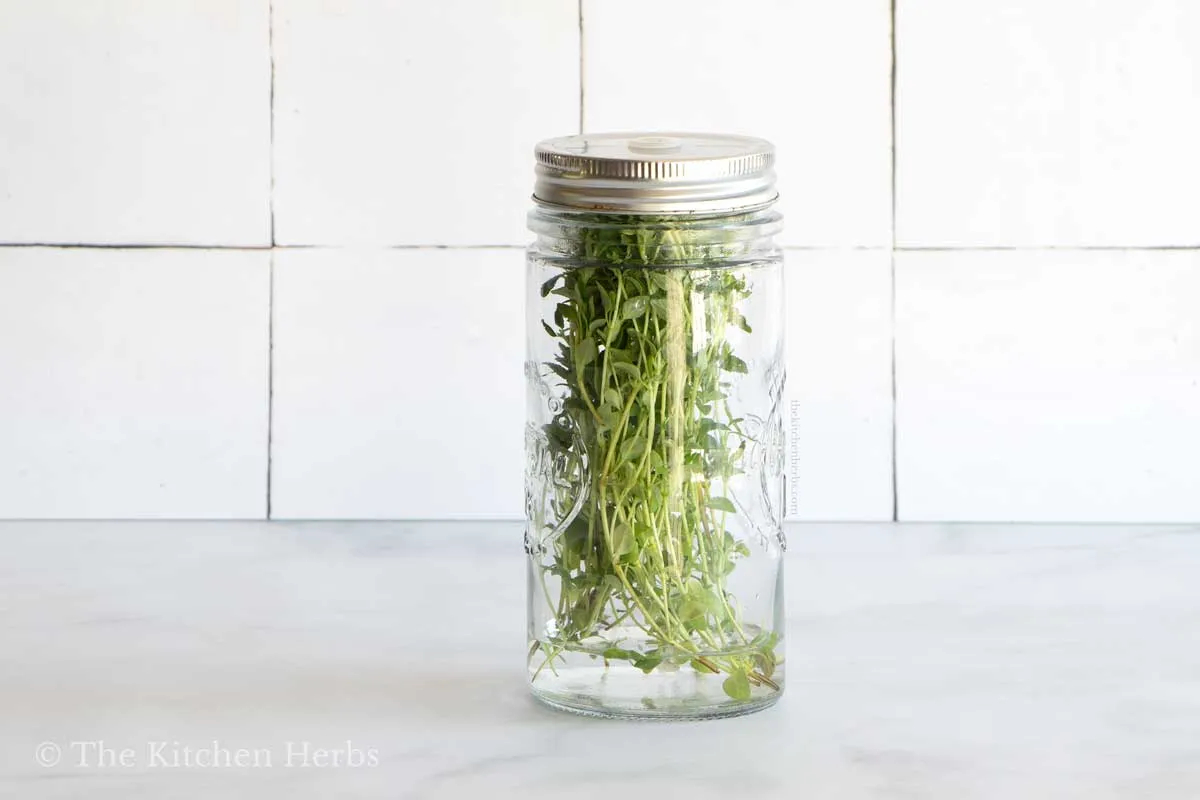



0 thoughts on “How To Store Thyme Sprigs”